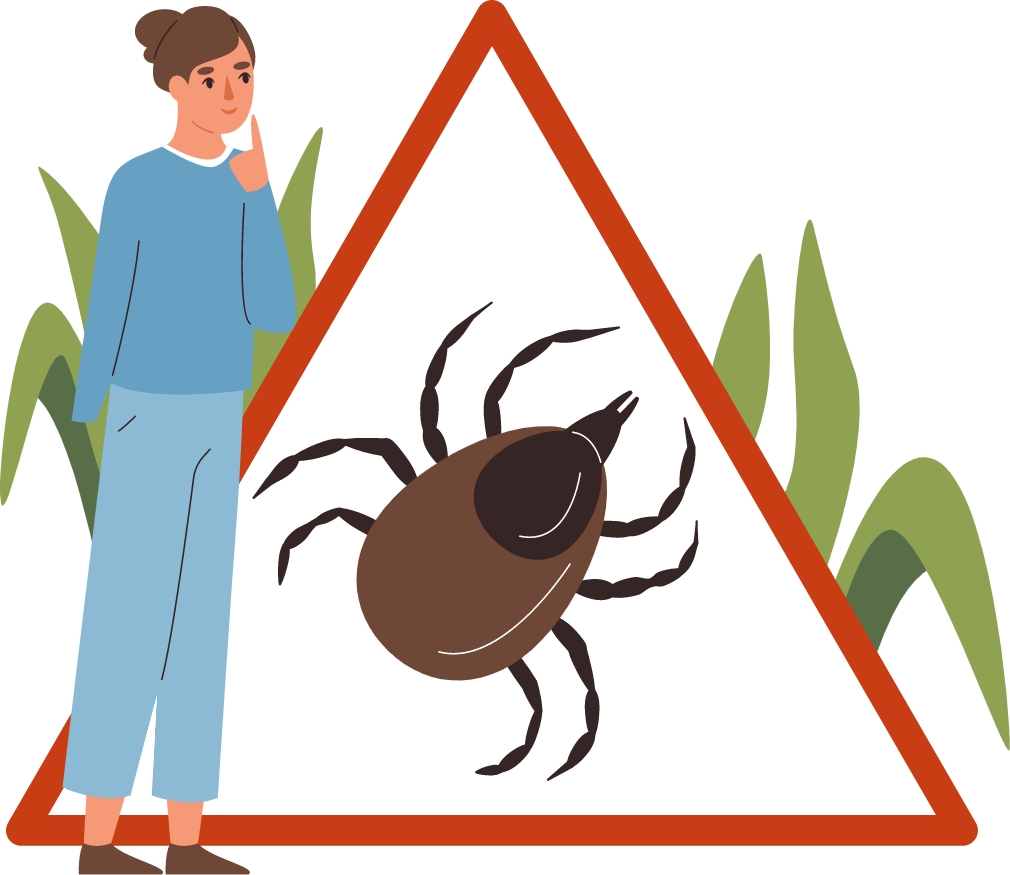
What is Lyme Disease?
Lyme disease is a bacterial infection spread to people through the bite of black-legged ticks. Typical symptoms include fever, headache, fatigue, and a characteristic skin rash called erythema migrans. If left untreated, infection can spread to joints, the heart, and the nervous system.
 FaceBook
FaceBook
 Instagram
Instagram
 Linkedin
Linkedin
 Pinterest
Pinterest
 Twitter
Twitter
 YouTube
YouTube







